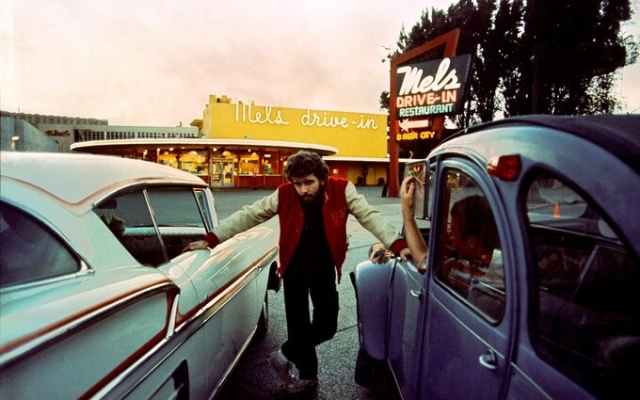 A man with a vision: George Lucas on the set of American Graffiti By: Alamy
A man with a vision: George Lucas on the set of American Graffiti By: Alamy
Every time George Lucas looked up from editing machine Moviola, he was reminded how much he wanted his new film to be a hit.
His first feature, the Futureshock THX 1138, failed to produce any results when released in 1971 and won few friends. It was cold, harsh, too dreary. Now, a year later, his friend Francis Ford Coppola, over whose garage north of San Francisco he was editing his second film with his wife Marcia and his former USC teacher Verna Fields, made sure he didn't forget, why he filmed American Graffiti. Coppola copied the multi-million dollar royalty checks he received for his mega-hit The Godfather and attached them to a hastily rigged editing complex.
It was just another way Coppola tried to coax his friend into action. «Don't be so weird,» Coppola told Lucas after THX, hoping to bring him back to his senses. «Try to do something human.» Lucas agreed. He didn't want to be the guy who makes feature films that no one likes. He wanted to make a big, joyful, funny picture that people would like and that could earn him the same checks as Coppola.
“Going to the movies became depressing,” Lucas later said. “I decided it was time to make a film that would make people feel better when they left the theater than when they walked in.”
The idea for American Graffiti, which turns 50 this month, came from Lucas is still in his teens. It will focus on cruising culture in small town California, where teenage boys have been hot rodding around town all night listening to rock and roll on the radio. He set it in 1962, before Vietnam, before the JFK assassination, before the British Invasion and psychedelia: a time when American teenage culture seemed pure and whole to him.
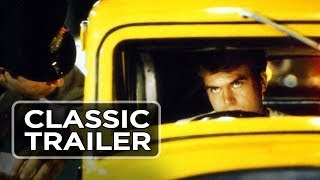
This will be a story about a group of teenage boys trying to have fun on the last night before the two of them go to college, and it will be free, loose and punctuated by the music that Lucas loved as a teenager. It was, in the words of Charles Martin Smith, «a film that none of us at the time thought would be remembered 50 years from now.»
Smith landed the role of Terry «Toad» — a hapless, hopeless romantic who tries to impress a girl who seems completely out of his league with a car that doesn't belong to him — after perhaps the most un-Californian preparation. The week before his agent contacted him, he was staying in boarding houses in the south of England, visiting cathedrals in Cambridge, Wells and Salisbury, and then a week in Stratford, soaking up the Shakespearean atmosphere. He liked Lucas's script when he read it in his parents' backyard, and especially Toad.
He's a really interesting guy: he's funny and he's inept and he's young and he tries too hard. I think we can all identify with it.”
Having appeared in a couple of films and some TV, Smith was one of the most accomplished actors when he was only 18 years old. At one point, Lucas was interviewing hundreds of young actors every day for his lead roles, browsing through California school theaters and community groups. Sometimes he spread the net wider.
«George was at the airport,» co-writer Willard Huyck told Peter Biskind in his book Easy Riders, Raging Bulls, «and he saw two guys arguing, and he said, 'They.' the very people I want to see in my film,” so he brought them to read. And Francis said, «George, I think we need real actors.»
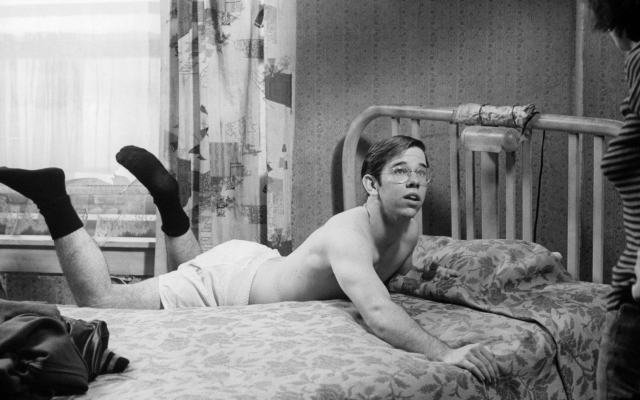 Charles Martin Smith was cast as Terry at just 18 years old. Photo: Getty
Charles Martin Smith was cast as Terry at just 18 years old. Photo: Getty
By the time Smith was cast, they were joined by Richard Dreyfuss, Ron Howard, Candy Clark and Cindy Williams, as well as a small role as daredevil race car driver Bob Fulf for an actor Lucas had been desperately trying to find since meeting him in during his day job as a carpenter — 30-year-old Harrison Ford. Ford accepted the job on two conditions: he must receive a raise on top of what he would have received for a day's work as a carpenter; and that he didn't have to cut his hair.
A friend of Smith's had heard of Lucas in trade magazines—»this young guy who came out of USC who everyone said was going to be a really good director»—but hadn't been in his orbit before. . Lucas was not particularly confident in his acting skills and did not value his script. «One of the first things he said to the actors was, 'Now look, I've written the script, so any line you want to change, just go ahead,'» Smith recalls.
This gave Smith and his crewmates carte blanche to improvise, improvise, hack, play and goof off. Smith remembers Lucas fondly. “We believed in George, my God,” Smith says. “We walked over hot coals for this guy. He inspired.”
They shot 10, 11, 12 takes each time, a very expensive gambit for a director on a $750,000 budget. “Every time there were some mistakes in a scene, well, it was the one he liked. He inserted it. He liked it when things went wrong.»
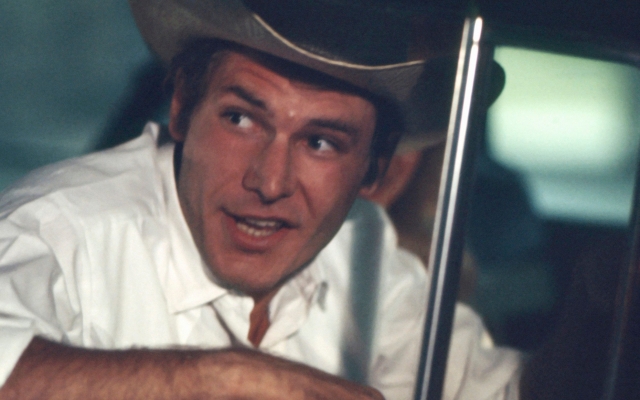 Harrison Ford was evicted from the Holiday Inn where he was staying during filming. Photo: Screen Archives
Harrison Ford was evicted from the Holiday Inn where he was staying during filming. Photo: Screen Archives
Things went wrong almost immediately, though not in the prolific artistic sense that Lucas had hoped for. After the California city of San Rafael was chosen as Modesto, all production was banned after one night and had to flee 20 miles from Petaluma. The rigorous 28-day, no-nonsense shoot was further complicated by the fact that the American Graffiti story had to take place overnight.
“Night work is hard,” says Smith. “Verna Fields and Marsha Lucas edited upstairs, and George edited during the day and then filmed at night. He didn't get enough sleep. He was a wreck.»
The actors filmed all night until the sun rose, then returned to the shared Holiday Inn, slept until 2:00 pm the next day, and then reviewed the scenes until they returned to sunset at sunset. According to Smith, at the age of 18, it was easier to do this. “But really, around four in the morning, you just feel like hell.”
The older actors had to find a way to let off steam. “Mostly it was Paul [Le Mat] and Harrison [Ford]. I think Bo [Hopkins, who played Pharaoh gang member Joe] joined us a bit, but they were trailblazers. It was because of them that the Holiday Inn was in trouble,” Smith chuckles. «The rest of us pretty much kept working.»
However, the hellish rebels got drunk and rushed to climb the Holiday Inn sign on the roof of the hotel building, and when Richard Dreyfuss was launched into the shallow end of the pool one night, he received a gash in his face just before he was supposed to take close-ups. . One story has it that the hotel Lucas was staying at was set on fire, possibly by a disgruntled — and unnamed — actor. Eventually Ford was kicked out of the hotel.
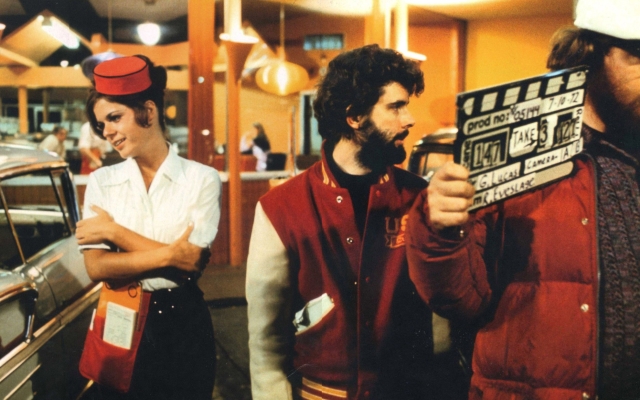 George Lucas filmed American graffiti at night and cut it during the day. I had a lot of free time,» Ford told Movieline magazine in 1995. “In those days, I was a little drunk. And I was in the company of other rebels. If I were in the company of priests, I would behave differently.”
George Lucas filmed American graffiti at night and cut it during the day. I had a lot of free time,» Ford told Movieline magazine in 1995. “In those days, I was a little drunk. And I was in the company of other rebels. If I were in the company of priests, I would behave differently.”
Despite routine night shoots and parties from half the cast, Lucas completed the job on time and on budget. Smith and his friends thought they had something, although they were «just worried that the budget was so small no one would notice.»
At a party at Coppola's American Zoetrope in San Francisco cast and crew sat and drank wine from plastic cups. Lucas showed them 20 minutes, which he cut together. Bill Haley's «Rock Around the Clock» started playing. “We all looked at each other and thought, what the hell,” says Smith. «It's really good.»
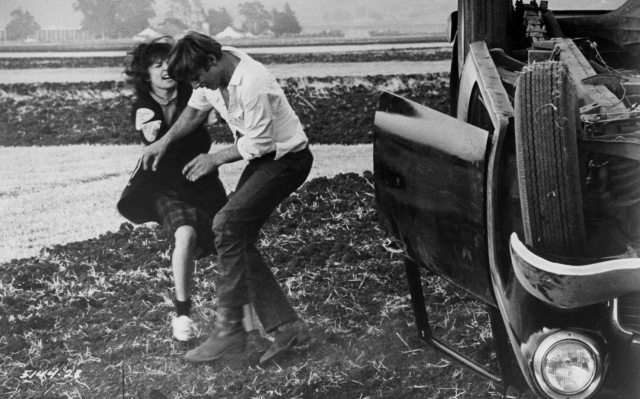 Harrison Ford and Cindy Williams in American Graffiti. Author: Michael Oks Archive. to the screens. At the preview screening in San Francisco, audiences were enthusiastic about it, but Universal producer Ned Tanen, who was watching along with Lucas and Coppola, turned to its creators and called it «unreleased». In the end, Coppola yelled at Tanen in the cinema, telling him that he would buy the film himself: “If you hate him so much, let him go!”
Harrison Ford and Cindy Williams in American Graffiti. Author: Michael Oks Archive. to the screens. At the preview screening in San Francisco, audiences were enthusiastic about it, but Universal producer Ned Tanen, who was watching along with Lucas and Coppola, turned to its creators and called it «unreleased». In the end, Coppola yelled at Tanen in the cinema, telling him that he would buy the film himself: “If you hate him so much, let him go!”
In the end, Tanen was glad that he did not. m. American graffiti became a ruthless force and brought in 55 million dollars. Fifty years ago, Smith and his colleagues knew they had something, but feared it would be lost to the vagaries of culture, as cruises did.
“You want to try making a movie that says something to someone and that they might remember when you’re gone,” he says. «And I was lucky that I did it at the age of 18.»







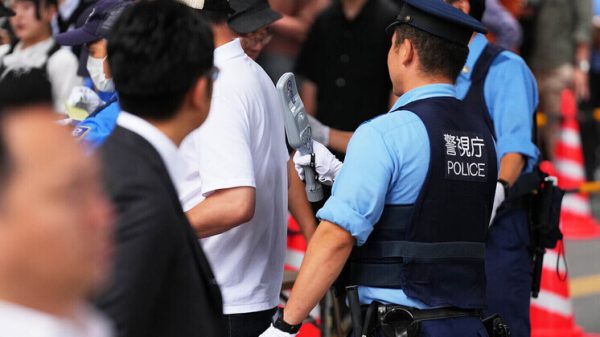





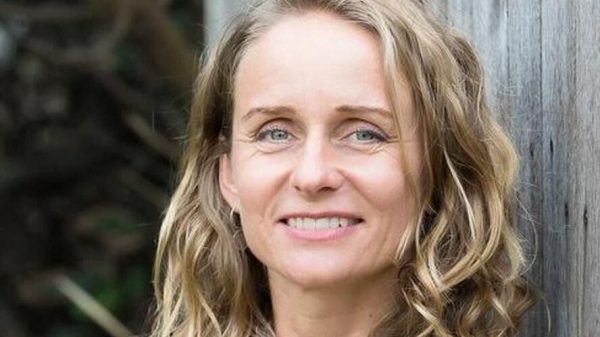







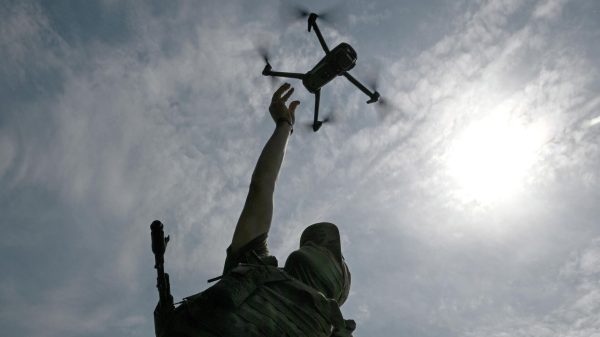






























Свежие комментарии